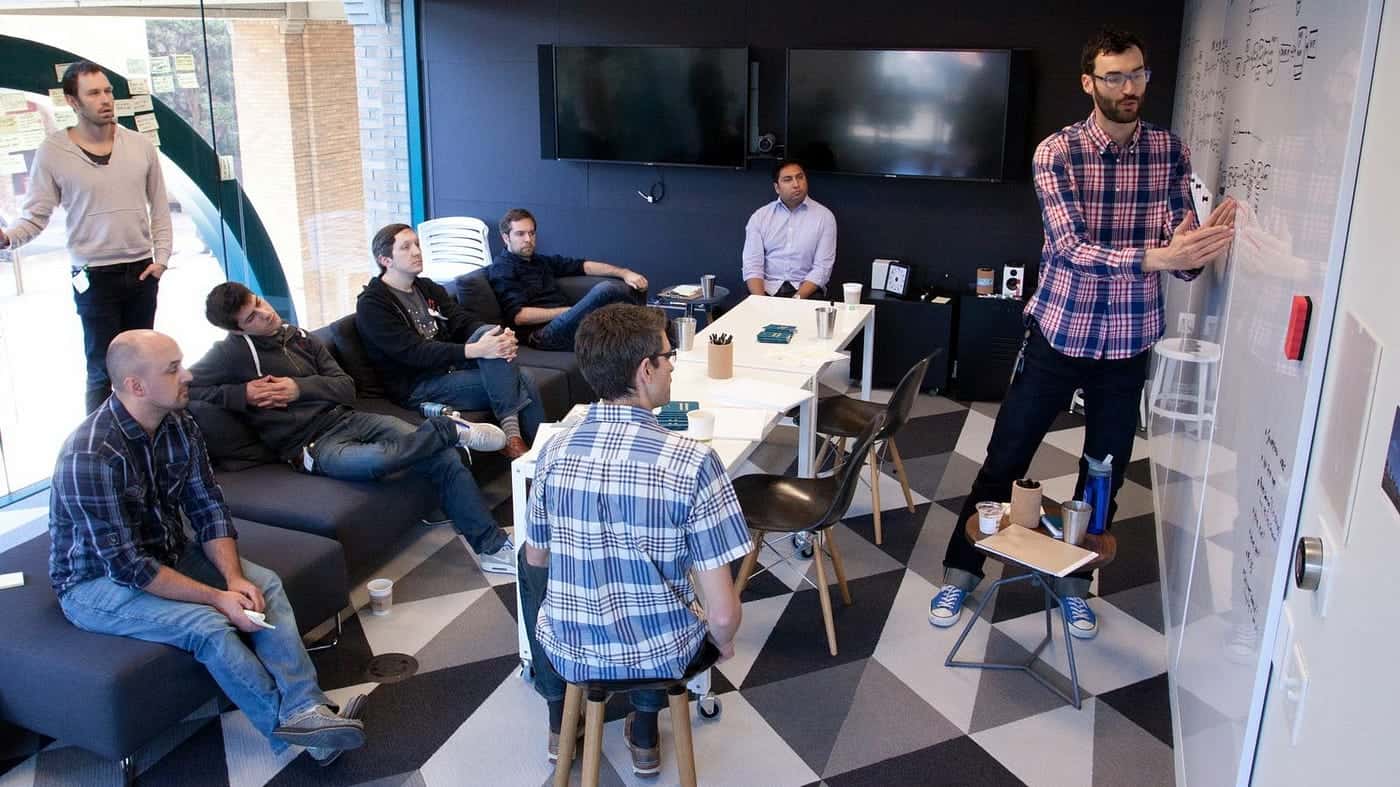In the realm of IT crisis management, the War Room IT strategy stands as a pivotal approach for swiftly and effectively tackling unforeseen challenges. Advancing through the following aspects offers a comprehensive understanding and implementation of this strategy.
Understanding the Concept of a War Room
The essence of a War Room lies in its function as a dedicated space where cross-functional teams converge to collaboratively address critical incidents or crises. This centralized hub serves as the nerve center for strategic decision-making, problem-solving, and real-time communication, particularly regarding IT infrastructure challenges.
The Role of IT in Crisis Management
In crisis management scenarios, the IT department assumes a central role in orchestrating proactive responses and mitigating potential disruptions. By leveraging technological expertise and operational agility, IT professionals play a crucial part in ensuring swift resolution and continuity of essential services.
Bringing together the concept of a War Room and the pivotal role of IT in crisis management forms a robust foundation for enacting the War Room IT strategy. This strategic approach empowers organizations to navigate challenges decisively, safeguarding operations and fortifying resilience in the face of adversity.
Setting Up a War Room
During implementing the War Room IT strategy, proper setup is essential to ensure effective crisis management. This section focuses on three key aspects of setting up a War Room: IT infrastructure, team composition and roles, and communication protocols and tools.
Team Composition and Roles
In a War Room scenario, assembling the right team with defined roles is critical for orchestrating a coordinated response to the crisis. The team composition typically includes individuals with diverse skill sets and expertise to address various aspects of the incident. Here is a breakdown of common roles and responsibilities within the War Room:
| Role | Responsibilities |
| Incident Manager | Oversees the overall response and decision-making process |
| Technical Analyst | Provides technical expertise and troubleshooting support |
| Communication Lead | Manages internal and external communication strategies |
| Subject Matter Expert | Offers specialized knowledge related to the incident |
| IT Operations | Ensures the stability and performance of IT systems |
| Data Analyst | Analyzes data and provides insights for decision-making |
| Security Specialist | Focuses on cybersecurity aspects and threat mitigation |
Having a well-defined team structure with clear roles and responsibilities, the War Room can function efficiently during times of crisis, enabling swift and effective resolution.

Communication Protocols and Tools
Effective communication is the lifeline of any successful War Room operation. Establishing clear communication protocols and utilizing appropriate tools are crucial for ensuring that information flows seamlessly within the team. Here are some key considerations for implementing communication in the War Room:
| Communication Aspect | Description |
| Centralized Communication Hub | Utilize a centralized platform for real-time updates and discussions |
| Clear Escalation Path | Define a clear escalation path for raising critical issues |
| Regular Status Updates | Maintain regular communication to keep all team members informed |
| Secure Communication Channels | Ensure that communication channels are secure and encrypted |
| Backup Communication Methods | Have backup communication methods in place in case of failures |
Utilizing collaboration tools like instant messaging platforms, video conferencing software, and project management systems can enhance communication efficiency and transparency within the War Room. By establishing robust communication protocols and leveraging appropriate tools, the team can streamline information sharing and decision-making processes during crisis situations.
Utilizing Technology in the War Room
In the context of crisis management, leveraging technology plays a pivotal role in ensuring efficient communication, monitoring, and decision-making processes within the War Room. This section focuses on two key aspects: monitoring tools and dashboards, and collaborative platforms and document management.
Monitoring Tools and Dashboards
Monitoring tools and dashboards are essential components of the War Room IT strategy, providing real-time insights into the status of systems, networks, and applications during a crisis. These tools help IT professionals track key performance indicators (KPIs), identify anomalies, and prioritize response efforts based on criticality.
A well-designed monitoring tool should offer features such as:
- Real-time Monitoring: Constantly monitoring system health and performance metrics.
- Alerting Mechanisms: Immediate alerts for any deviations or issues.
- Historical Data Analysis: Ability to analyze historical data for trend identification.
- Customizable Dashboards: Tailored dashboards displaying relevant metrics for quick decision-making.
Utilizing monitoring tools and dashboards allows IT teams to proactively address potential issues, minimize downtime, and swiftly resolve incidents to maintain business continuity.
Collaborative Platforms and Document Management
Collaborative platforms and document management systems facilitate seamless communication and knowledge sharing among War Room members, enabling efficient collaboration and decision-making. These platforms serve as centralized hubs for storing incident-related information, action plans, and post-mortem reports.
Key features of collaborative platforms and document management systems include:
- Real-time Communication: Instant messaging, video conferencing, and virtual collaboration tools for effective communication.
- Document Sharing: Centralized repository for storing and accessing critical documents and resources.
- Version Control: Ensuring that team members are working with the latest versions of documents.
- Task Assignment: Assigning and tracking tasks within the platform for accountability.
Leveraging collaborative platforms and document management systems, IT teams can streamline communication, maintain visibility across tasks, and access crucial information promptly, enhancing the overall efficiency of the War Room IT strategy.

Strengthen IT Systems with LK Tech
At LK Tech, we are dedicated to delivering exceptional support while maintaining the highest standards of service. As one of the top Cincinnati IT companies, we provide tailored solutions to meet your unique needs. Contact us today to discover how we can help you implement effective IT strategies and improve your organizational resilience!


